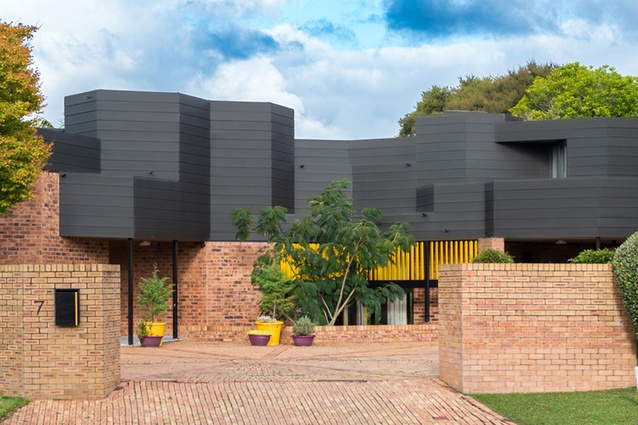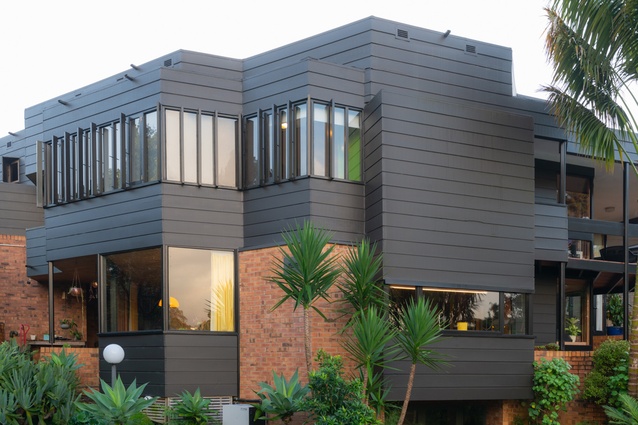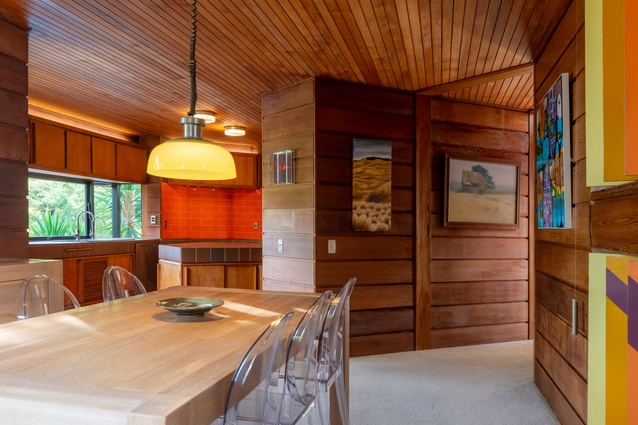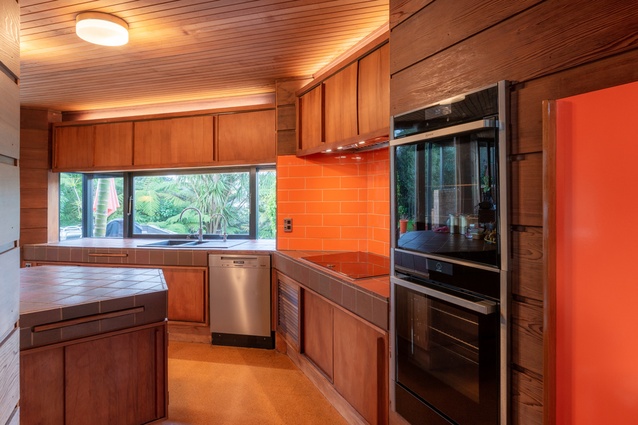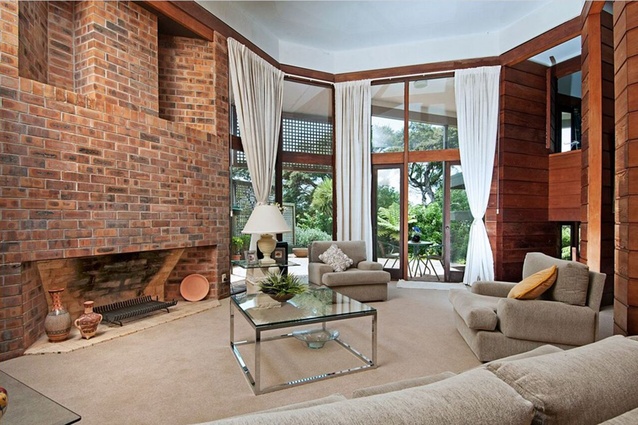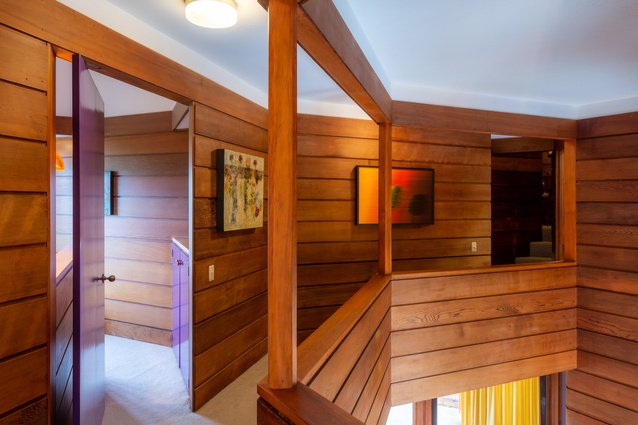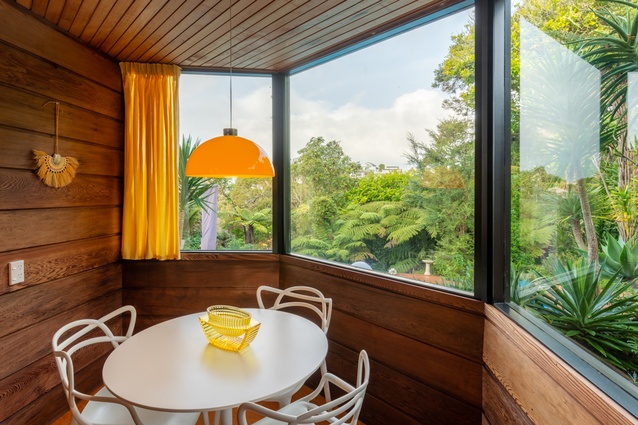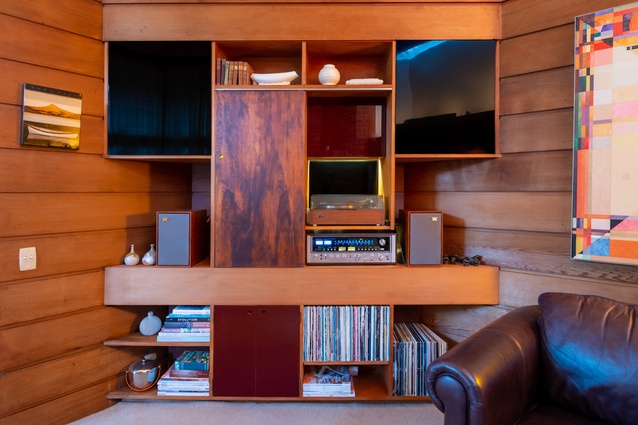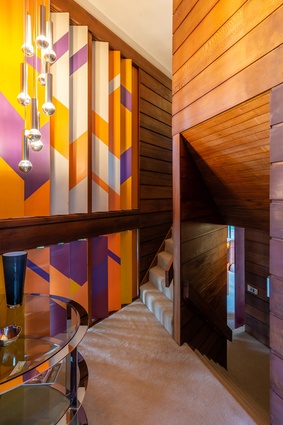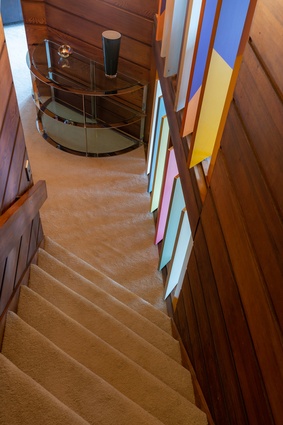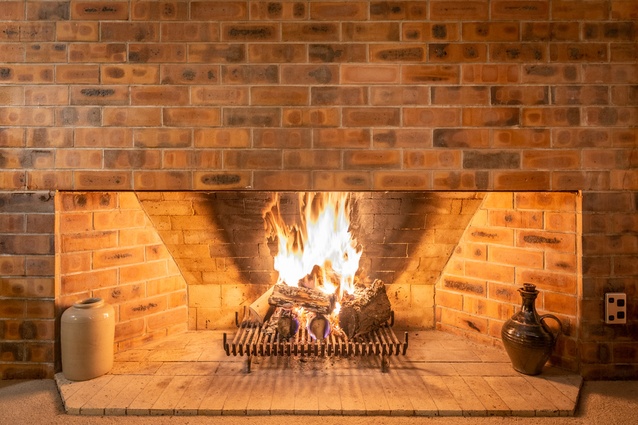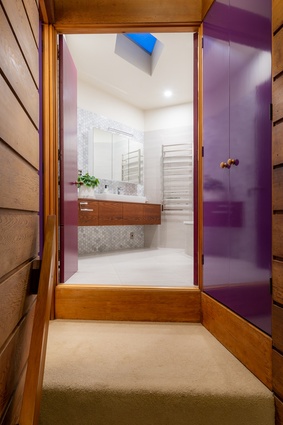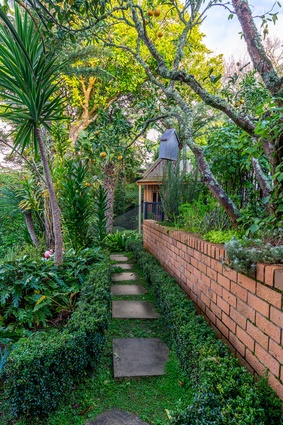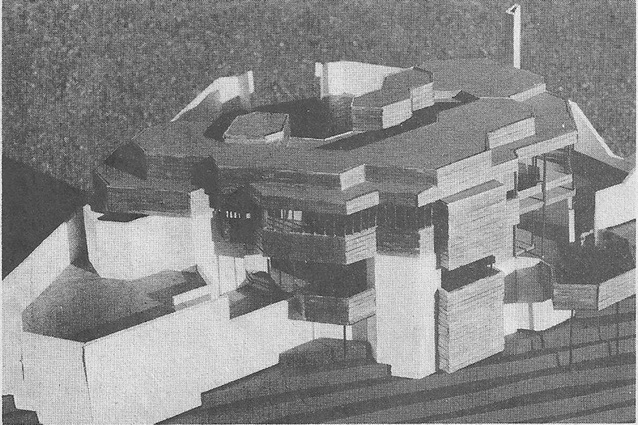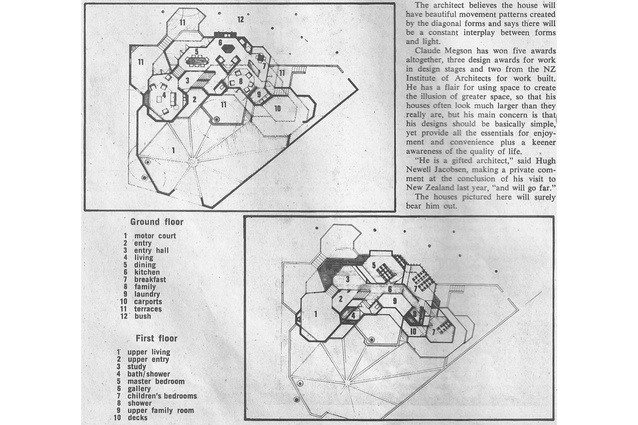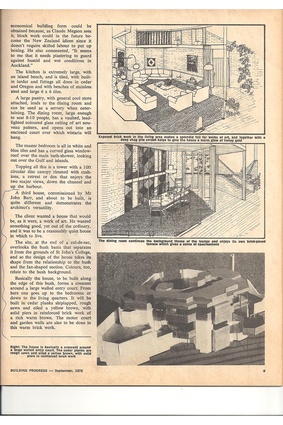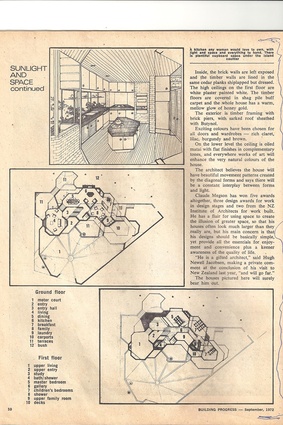Claude Megson’s Barr House on the market
A contemporary of Ian Athfield and Roger Walker, Whangārei-born architect Claude Megson designed around 40 homes during his 30-year career. Now, one of his best known homes, the Barr House in Meadowbank, is on the market, described by Giles Reid as one of Megson’s most daring and experimental houses in his book Claude Megson Counter Constructions.
Current owners Hayley and Mike and their daughters are just the second family to live in the Barr House, which was built in 1972 for John and Pat Barr. Hayley and Mike bought the home in 2016 and have lived there for the past seven years.
“Any buyer for this property has to have an understanding that you don’t own homes like these in the normal sense,” says Mike. “You are a custodian of them for a period.”
The Barr House is widely acknowledged to be one of the most well-preserved of Megson’s houses and the couple have restored certain features during their time there. Importantly, they have retained Megson’s focus on spaces for occasions, in distinct contrast to the open plan trends of the noughties.
Sam Caradus of Crosson Architects has stayed at the Californian cedar and brick home and describes it as a staggering example of what contemporary life can be. “It’s a place where each individual activity within the home is given equal weight, equal understanding and equal respect,” he says.
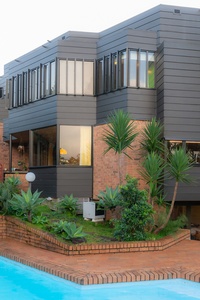
“The design language of the house is of interconnected hexagon overlays, like a honeycomb of spaces that are really unique,” says Caradus. “It’s a very experiential home, where the house slowly reveals itself to you and where the architect followed the sun in his design. The kitchen and breakfast nook are positioned for the morning sun, then the sitting area is perfect for afternoon sun and there’s an outdoor courtyard.”
Caradus points out that the house is extraordinarily complete in terms of Claude Megson’s original vision.
The 270m2 Meadowbank home has three bedrooms, two living areas and two dining areas, as well as an outdoor pool and two external office/storage areas. The family appreciated the many separate spaces afforded them during Covid.
“The family uses the spaces as Claude envisaged,” says Mike. “The first thing children want to do when they come to the house is play hide and seek. Most of the rooms have indirect light. Everyone remarks that all the ceiling heights are different, you move from high ceilings to low ones, and there are no right angles in the house, which has a lot of built in furniture.”
Another feature the family enjoys is that every room has access to the outside through a patio, a juliette balcony or a deck. The house, which has eight levels in all, has 14 sets of french doors.
The house is positioned in a quiet cul-de-sac where the houses back onto St John’s Bush. “It was Megson’s intention that it feel like a private sanctuary that looks at St John’s Bush rather than out to the street,” says Hayley.
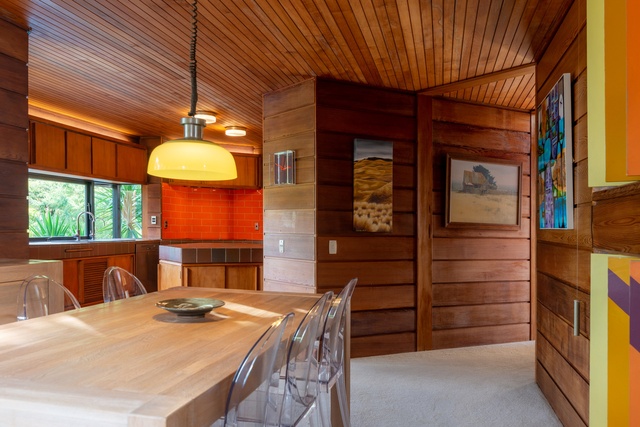
Architect and author of Claude Megson Counter Constructions Giles Reid says the house is one of only two in which Megson employed non-orthogonal geometry, the other being the house designed for jeweller Michael Hill in Whangārei, 1974. And, in Reid’s view, it has one of Megson’s finest kitchens, sitting at the heart of the plan. “The work surfaces have quarry tiles, which the owners have recently restored,” he points out.
Because this is not the kind of home that can be done justice in a half-hour open home, Hayley and Mike have decided to sell it privately and they plan to be patient about finding the right next owner. Hayley says they visited the home five times before buying it, so she’s keen to give people the appropriate time.
Hayley and Mike are planning two half-day open home events in August to allow people to spend an extended period of time at the house. If you are interested in attending one of these two open homes, please contact Hayley here.

